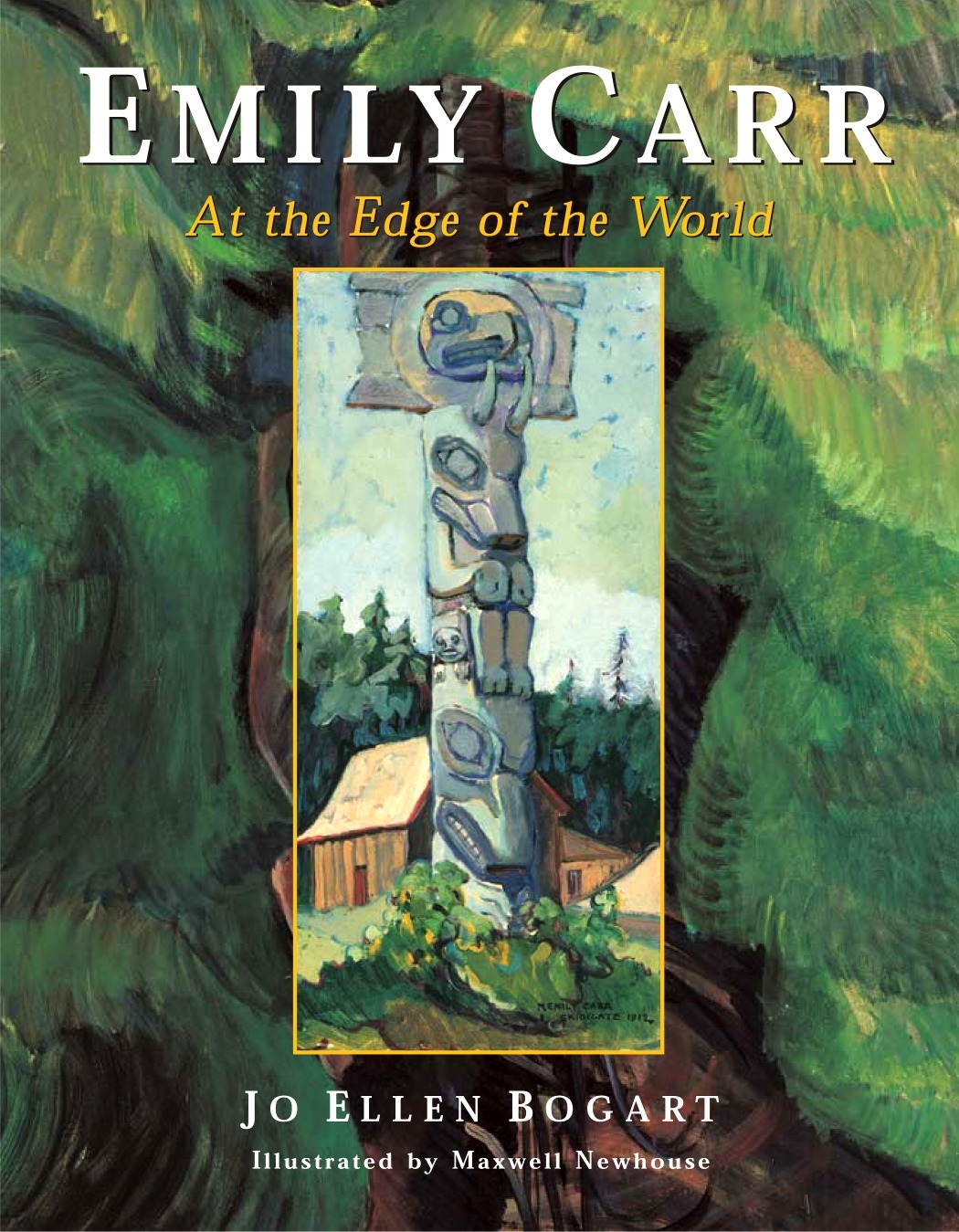

I do not say to myself, I will do thus or so.

It is something that lies, as Whitman says, in that far off inaccessible region where neither ground is for feet nor path to follow. It is too bright and vague to look straight at the brutality of a direct look drives it away half imagined, half seen. Perhaps it is that one is striving for something a bit beyond one’s reach, an illusive something that can scarcely bear human handling, that the “material we” scarcely dare touch. I’ve a notion, imagination perhaps, that if you are slightly off focus, you vision the spiritual a little clearer. O soul, thy free flight into wordless”-sang in my heart. Whitman’s “Still Midnight”-“This is thine hour. No great contrasts of light and dark but full of quiet flowing light and fresh from recent rain, and the growth full, steady, and ascending. The woods were in a quiet mood, dreamy and sweet. The Elephant was what she named the caravan she camped in with her menagerie of pets including four dogs, a monkey, and a rat. The following excerpt is taken from the chapter “The Elephant” from Hundreds and Thousands. These include Growing Pains (1946), Pause (1953), The Heart of a Peacock 1953, and Hundreds and Thousands (1966). The Book of Small in 1942, The House of All Sorts in 1944. Her first book Klee Wyke was published in 1941. Her writings, most in the form of journals, explore nature, her artistic progress, her spirituality, and the minutiae of everyday life.

In the late twenties, she began to receive greater attention in Canada, when she was accepted into the Group of Seven, with a first solo show in 1935 in Toronto, followed by shows in Europe. After meeting rejection for her paintings, she stopped working and kept a boarding house and raised dogs, living in straightened circumstances. Influenced by the Post-Impressionists and Fauvists, her work was bold, colorful, and ahead of its time. These experiences profoundly affected her paintings, as did a trip across Canada and to Europe with her sister in 1910.Ĭarr studied art in San Francisco, London, and France. She visited indigenous communities on the west side of Vancouver Island, and later, in Alaska. Born in Victoria, British, Columbia, much of her work featured landscapes and cultural scenes from the region. Like him, she struggled all her life, first to obtain art training, then later, to win the praise of critics and buyers. Emily Carr (1871–1945) has been called the Van Gogh of Canada.


 0 kommentar(er)
0 kommentar(er)
